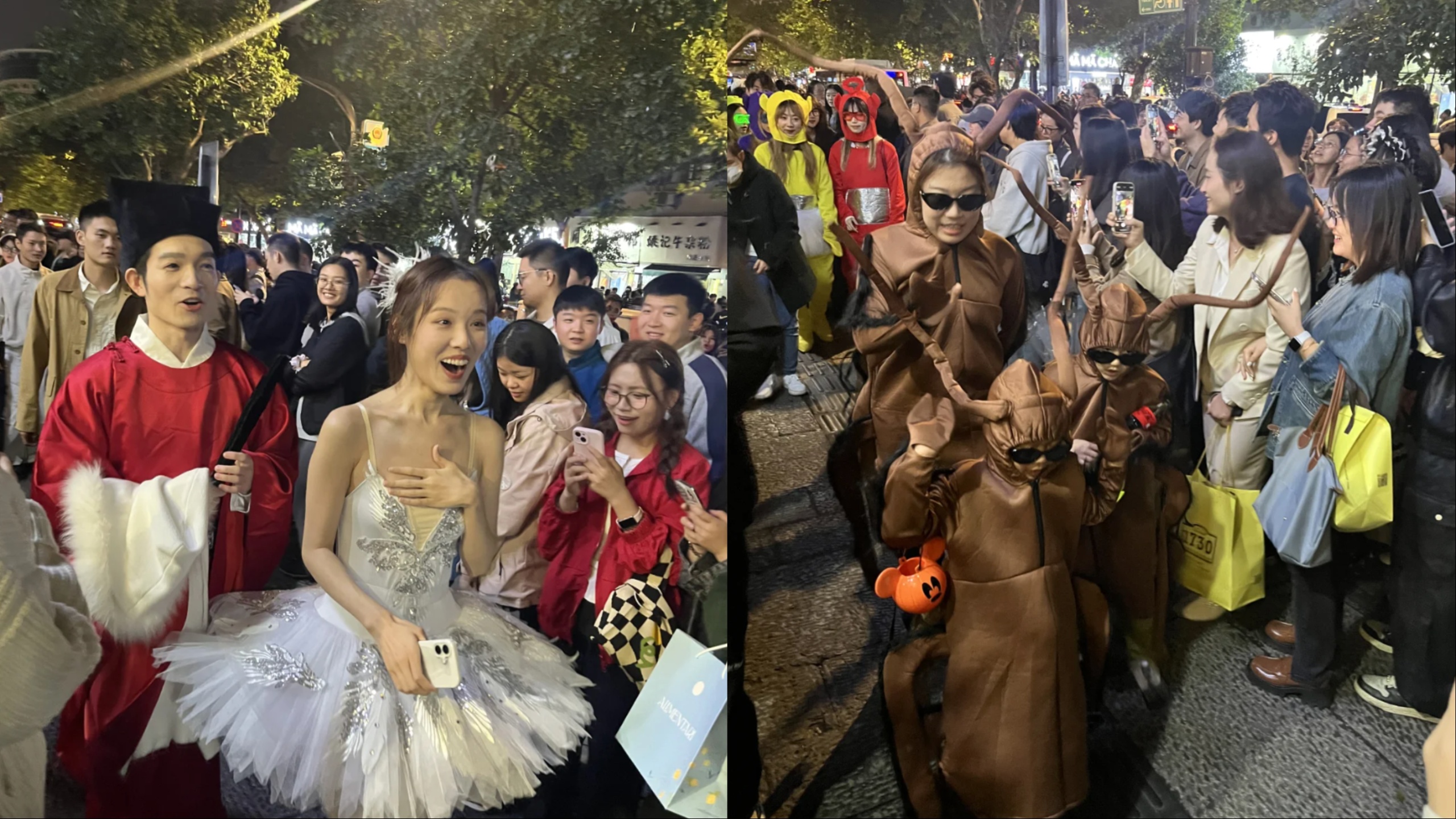It must have been a big day for the global advertisement market on February 4, 2019 (GMT+8), when the two most valuable prime time televised events happened to fall on the same day. In the early morning (China time), across the few Western restaurants that stayed open in Beijing, NFL lovers braved the cold to watch the Super Bowl along with American football lovers all over the world. And at night, hundreds of millions of Chinese gathered in front of their screens to watch the annual CCTV Spring Festival Gala as part of a Lunar New Year tradition that has stretched over the past three decades.
Related:
 From the NBA to the EPL, Watch Major Sports Stars Celebrate Chinese New YearWatch the likes of Klay Thompson, Jarvis Landry, and Sergio Aguero celebrate the Lunar New YearArticle Feb 03, 2019
From the NBA to the EPL, Watch Major Sports Stars Celebrate Chinese New YearWatch the likes of Klay Thompson, Jarvis Landry, and Sergio Aguero celebrate the Lunar New YearArticle Feb 03, 2019
Compared to last year’s program, the world’s most-watched annual television event was both less fun and less controversial in 2019. Not unlike the slow-moving Super Bowl LIII (which was dubbed the “American Spring Festival Gala” here for its halftime show), this year’s CCTV Gala came off as rather lame to its audience, a few highlights notwithstanding. (A truck-made stage at the venue in the northeastern city of Changchun, famous for its auto industry, and a Shaolin Kung Fu performance featuring 20,000 synchronized dancers maneuvering on stage like a real-life LED screen added some excitement to the otherwise dull, five-hour celebration.)
Here are a few trends we were able to pull out of CCTV’s 2019 Spring Festival Gala:
1. More Idols and Reality Show Stars
It’s hard to dig out the precise number, but rumor has it that the Gala’s viewership is decreasing year by year. And while it’s technically the “most-watched” TV show in the world, in reality it’s on in lots of households where few people are really glued to the screen. Perhaps in an attempt to remedy this, a lot more traffic-attracting idols and pop stars were invited on stage this year, including TF Boys, LAY, Angelababy, Dilraba, Li Yifeng, Zhu Yilong, Typhoon Teens, and Wu Lei from the famously flopped film Asura. All wearing red, singing about dreams, happiness and youth — there could not have been more positive energy poured out by the young celebrities.
In the skits, some actors who’ve emerged from TV reality shows in recent years also got to perform on the nationwide stage, such as Zhou Yiwei, Zhai Tianlin and Han Xue from I Am the Actor.
2. Fewer Foreigners
In contrast to last year’s international cast, only a Slovenian street ball team and a Hungarian dunking crew presented their expertise at the Gala. No political leaders’ speeches, no controversial skits.
But we did get Jackie Chan again, singing “I Work Hard, I Am Happy” with William Chan, another Hong Kong pop star. There were also quite a few Taiwanese singers and celebrities featured in the Gala this year, such as Wakin Chau, Richie Jen, Terry Lin, Lin Chi-ling, Fei Yu-Ching, and Aska Yang.
In front of special guest seating area, Liu Chuanjian — “China’s Captain Sully” — showed up with his co-pilot and chief flight attendant.
3. Online Interaction
The tradition of giving hongbao — red envelopes full of money — has been digitized on WeChat ever since the app launched a digital hongbao sharing function in 2015. Digital hongbao have become probably the most exciting New Year’s Eve activity for families and friends ever since, with the Gala descending to the role of background music for most of the night. Aware of this, Baidu held a major contest, giving away 900 million RMB of digital honbgao totalling as much as 2,109RMB (a bit over 300USD) each throughout the Gala. According to the official statistics, it attracted people to try their luck 20.8 billion times.
Related:
 Watch: Grandma Joins Digital Age with Innovative Interactive DesignThis project bridges the digital generation/culture divide just in time for Chinese New YearArticle Feb 02, 2019
Watch: Grandma Joins Digital Age with Innovative Interactive DesignThis project bridges the digital generation/culture divide just in time for Chinese New YearArticle Feb 02, 2019
Tik Tok, as the Gala’s exclusive social media partner, attracted 3.37 million users to join a promotion called “Another Happy Year” — short videos associated with the promotion were viewed 24.78 billion times. There were certainly plenty of activities designed to keep viewers glued to their smartphones as they welcomed the Year of the Pig.
4. No Pigs
Speaking of the new year’s Zodiac sign — nothing about pigs appeared in the whole Gala. Pigs were entirely absent from skit titles, performance content, decorations and signs, which was a noticeably new thing this year. Especially compared to last year, when a lot of puppies were trotted on stage to welcome the Year of the Dog. While no official explanation was given, some commentators online speculate that this was an act of deference to China’s Muslim community.
It’s definitely difficult to create something surprising at the Gala, a program that can be exciting while also safe under what is arguably the most strict media censorship regime around. But will this year’s dull Spring Festival Gala prove to be a low point from which next year’s might bounce back? Or it will be ever harder for CCTV to keep its audience’s attention with the biggest TV program of the year?
Guess we’ll find out in the Year of the Rat.

























